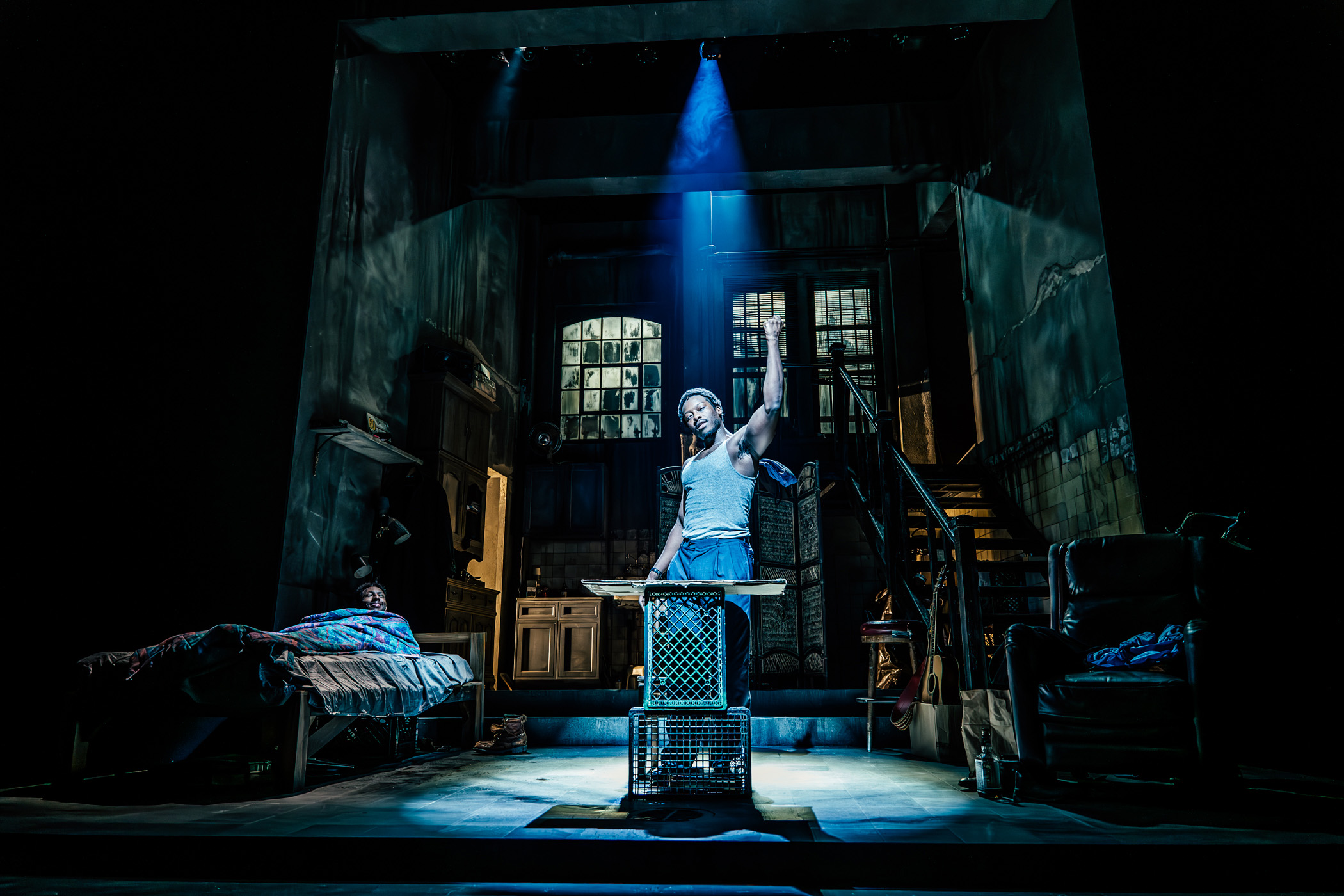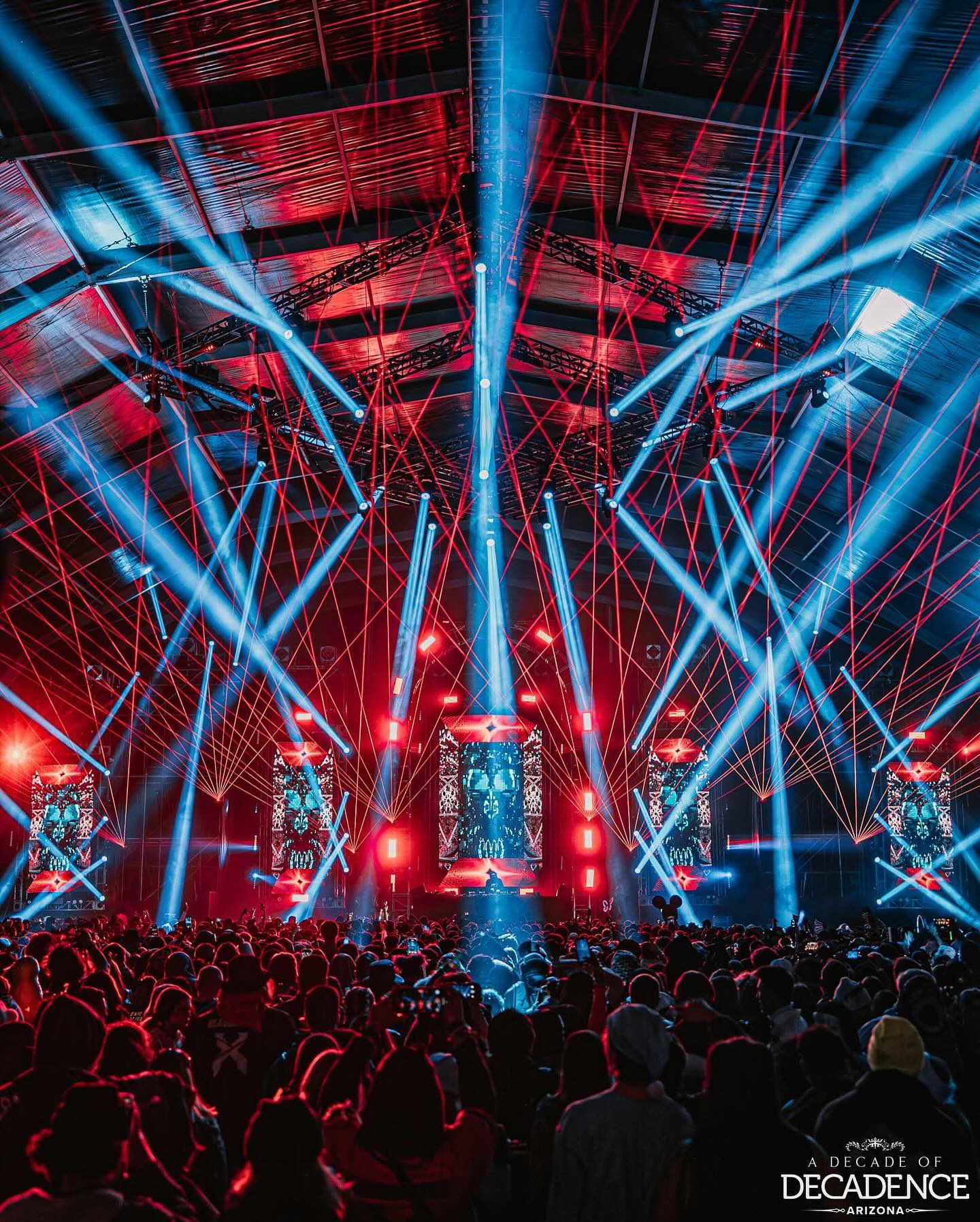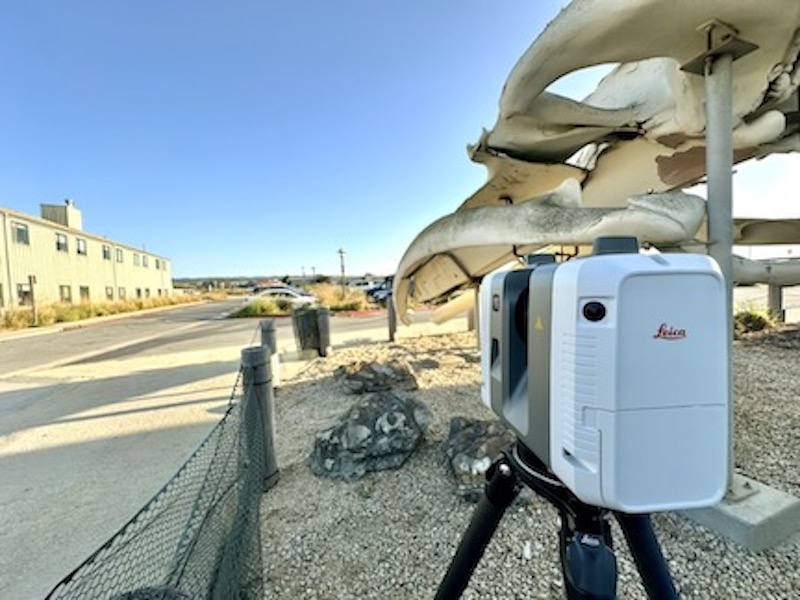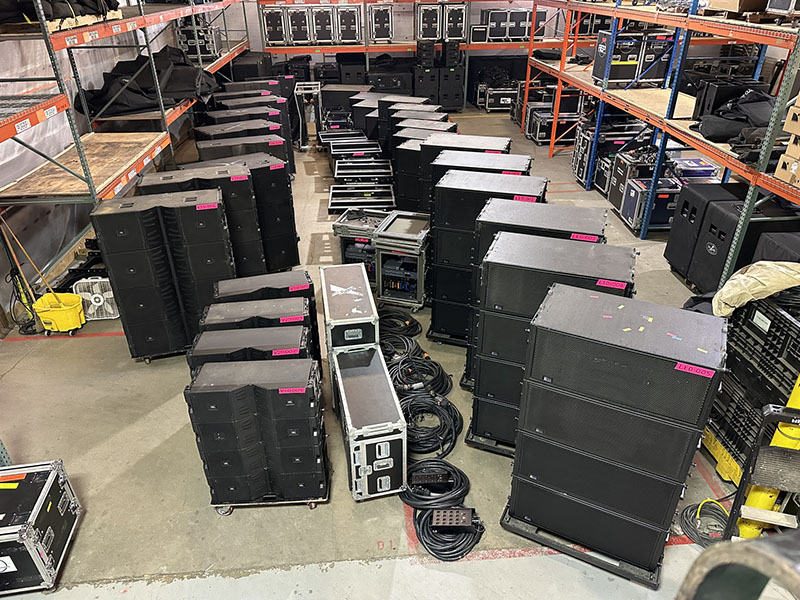For full details go to http://tsp.plasa.org/tsp/documents/public_review_docs.php.
BSR E1.6-2 – 201x, Entertainment Technology — Design, Inspection, and Maintenance of Electric Chain Hoists for the Entertainment Industry, is part of the E1.6 powered entertainment rigging project. This draft standard covers the design, inspection, and maintenance of serially manufactured electric link chain hoists having capacity of 2 tons or less and used in the entertainment industry. This standard does not cover attachment to the load or to the overhead structure. Its review runs until April 24.
BSR E1.6-4 – 201x, Portable Control of Fixed-Speed Electric Chain Hoists in the Entertainment Industry, is a standard for the controls often used to operate chain hoists. Its review runs until March 27.
BSR E1.8 – 201x, Entertainment Technology—Loudspeaker Enclosures Intended for Overhead Suspension—Classification, Manufacture and Structural Testing, is a revision of the existing standard for the structural integrity of loudspeaker enclosures that are suspended overhead. It is designed to ensure that flown speaker enclosures don’t break and drop debris. The revisions are intended to simplify the standard and to clarify the requirements. Its review runs until May 1.
BSR E1.39 – 201x, Entertainment Technology – Selection and Use of Personal Fall Arrest Systems on Portable Structures Used in the Entertainment Industry, establishes minimum requirements for the selection and use of personal fall arrest systems on portable structures in the entertainment industry. It also establishes minimum requirements for manufacturers and owners of these structures being used as work platforms. Its review runs until April 24.
The draft Control Protocols Working Group Standard, BSR E1.37-2 – 201x, Additional Message Sets for ANSI E1.20 (RDM) – Part 2, IPv4 & DNS Configuration Messages, is part 2 of the E1.37 project. It provides additional get/set parameter messages (PIDs) for use with the ANSI E1.20 Remote Device Management protocol. Messages in this document are intended for configuring network interfaces and Domain Name System settings on devices with an IPv4 address. Its review runs until April 24.
In addition, three of PLASA’s published Photometrics standards are being considered for reaffirmation. The reviews for all three run until May 1; the last day to comment is April 30
ANSI E1.9-2007 (R201x), Entertainment Technology – Reporting Photometric Performance Data for Luminaires Used in Entertainment Lighting, defines the minimum photometric data to be presented on documents purporting to accurately describe the photometric performance of stage and studio luminaires used in the live entertainment and performance industries.
ANSI E1.35 – 2007 (R201x), Standard for Lens Quality Measurements for Pattern Projecting Luminaires Intended for Entertainment Use, describes a method for measuring stage and studio luminaire lens quality with particular emphasis on contrast and perceived image quality (sharpness). It also offers a way for presenting these results on a datasheet in a format that is readily understood by a typical end-user and that allows the end-user to directly compare lenses in a meaningful way.
ANSI E1.36 – 2007 (R2012), Model Procedure for Permitting the Use of Tungsten-Halogen Incandescent Lamps and Stage and Studio Luminaires in Vendor Exhibit Booths in Convention and Trade Show Exhibition Halls, is a model set of procedures that can be used by convention center and trade show exhibition hall staff to mitigate the risks perceived to be associated with the use of tungsten-halogen lamps and stage and studio luminaires in convention centers and trade show exhibition halls, and to allow their use in a safe manner.



